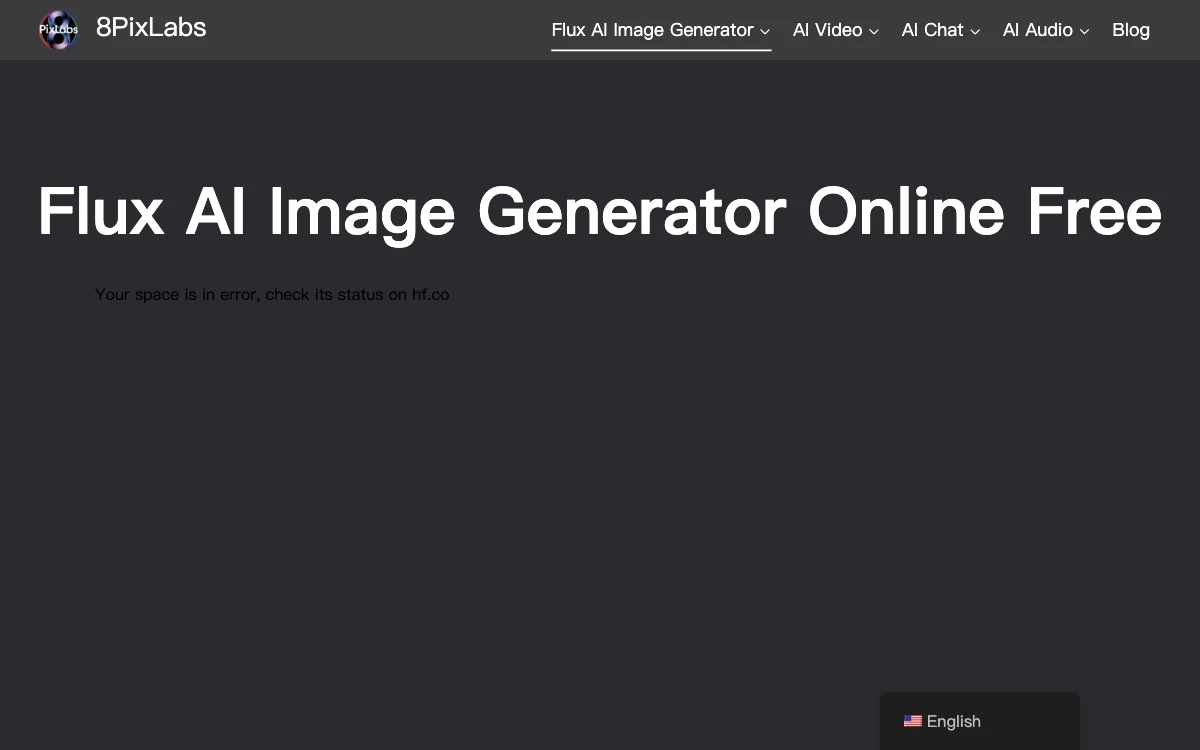The FLUX AI Image Generator, developed by Black Forest Labs, represents a significant leap forward in the field of text-to-image generation. With its 12 billion parameter model, FLUX.1 [dev], it sets new standards for quality, speed, and efficiency in AI-generated imagery. This state-of-the-art model is not only a technological marvel but also a testament to the rapid advancements in AI capabilities.
One of the core strengths of FLUX.1 [dev] is its ability to produce images of exceptional quality that rival those generated by the best commercial models. Its open-source nature fosters innovation and collaboration, making it a valuable resource for researchers and developers alike. The model's architecture, based on the flow matching method, allows for direct translations of noise into realistic images, significantly improving the generation of human forms and text rendering.
Accessibility and integration are key features of FLUX.1 [dev], with availability on the Hugging Face platform via the diffusers Python library. This ensures that users can easily incorporate the model into their applications, benefiting from its unparalleled performance. The model's speed and efficiency are particularly noteworthy, as it operates up to twice as fast as its competitors, making it ideal for high-load applications.
FLUX.1 [dev] also excels in prompt compliance, generating images that closely match the user's input. This level of accuracy, combined with the model's ability to produce high-resolution images with great detail, makes it a powerful tool for a wide range of applications, from digital art to realistic human depictions.
The open-source nature of FLUX.1 [dev] not only promotes transparency but also encourages the development of variants tailored to specific needs. Whether for commercial use or fast local development, FLUX.1 [dev] offers flexibility and versatility, ensuring that it remains at the forefront of AI image generation technology.
In conclusion, FLUX.1 [dev] is poised to become a leading force in the AI image generation space, offering a combination of speed, quality, and innovation that is hard to match. Its impact on the field is undeniable, and its continued development promises to push the boundaries of what is possible with AI-generated imagery.

